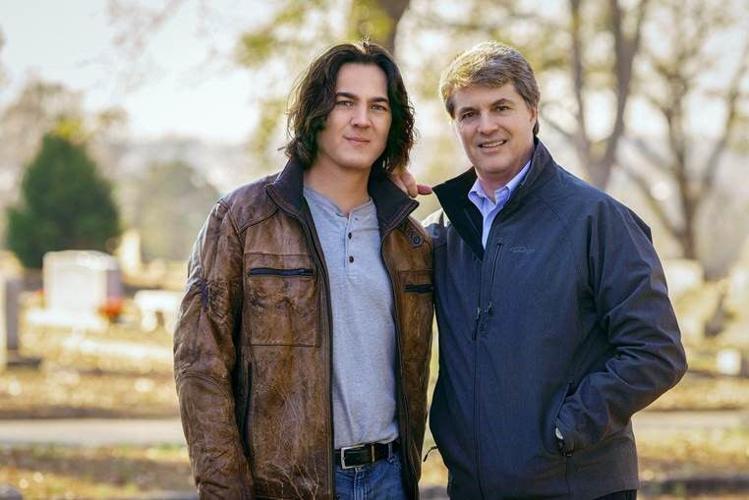Because he is the great-grandnephew of Bram Stoker, who wrote the classic vampire novel “Dracula,” Dacre Stoker gets some strange requests.
People have asked the 60-year-old Aiken resident if he would let them drink his blood.
Dacre’s answer has always been no.
“I’m open-minded, so I’m like, ‘OK, to each his own,’” Dacre said. “But I don’t have much interest in doing that.”
He is very interested, however, in his famous ancestor’s career as an author, the details of his background and the preservation of his legacy. Dacre and his wife, Jenne, manage the Bram Stoker Estate.
In addition, Dacre is the co-author of the new book, “Dracul,” which G.P. Putnam’s Sons published earlier this month.
His collaborator was J.D. Barker, who is an international bestselling author of the suspense thrillers “Forsaken,” “The Fourth Monkey” and “The Fifth to Die.”
“Dracul” is a prequel to “Dracula,” which is about an undead nobleman who leaves Transylvania to seek new blood in England.

"Dracul," a prequel to "Dracula."
“It’s not what readers will expect,” said Dacre of “Dracul.” “It’s the Bram Stoker story. It’s about him growing up, and J.D. and I weave fiction into the factual sequence of events in his life that led up to him writing ‘Dracula.’”
Dacre chose Barker to help him create “Dracul” for a couple of reasons.
Before they met, Dacre read “Forsaken” and was impressed.
“It just knocked me for a loop,” he said.
Then Dacre spent a few hours with Barker at a Horror Writers Association conference, and they really hit it off when they shared their ideas.
“I knew that we were compatible to work together,” Dacre said.
Their joint effort with “Dracul” involved a lot of research. Dacre and Barker studied Bram’s notes for “Dracula,” and also examined the “Dracula” typescript owned by the late Microsoft co-founder Paul Allen.
Among the “Dracul” co-authors’ other sources were the short story “Dracula’s Guest” and “Makt Myrkranna,” an early version of “Dracula.”
To make sure “Dracul” was historically and geographically accurate, Dacre traveled to England and Ireland to visit the significant locations used in the book.
“He (Barker) was the main writer because that was his strength,” Dacre said. “I was the guy providing information and checking things. We created a timeline of Bram’s life because I wanted to make ‘Dracul’ as realistic as possible.”
Bram was born in Ireland in 1847, and he died in England in 1912. “Dracula” was published in 1897.
Readers of “Dracul” will learn that Bram was a sickly child, who spent his early days bedridden in his parents’ Dublin home.
“My theory is that he had respiratory allergies and asthma,” Dacre said.
One of the characters in “Dracul” is Bram’s caretaker, a young woman named Ellen Crone. After a series of deaths in a nearby town, Bram and his sister, Matilda, discover Crone’s bizarre pattern of behavior.
Bram’s experiences with the supernatural that follow in “Dracul” and his battle with evil will leave readers with the impression that he decided to write “Dracula” as a “warning to the world,” Dacre said.
Paramount Pictures has acquired the screen rights to “Dracul.” Based on published reports, it could be a future project for Andy Muschietti, who directed the 2017 film adaption of Stephen King’s horror novel “It.”
“I’m thrilled about it, but I’m also thrilled that I don’t have to do anything about it,” said Dacre of the possibility that “Dracul” will become a movie. “It’s hard enough dealing with the publishing side.”
Dacre also is the co-author, with Ian Holt, of “Dracula: The Un-Dead,” a sequel to “Dracula.”
In addition, Dacre is the co-editor of “The Lost Journal of Bram Stoker: The Dublin Years.”
For more information, visit bramstokerestate.com.






